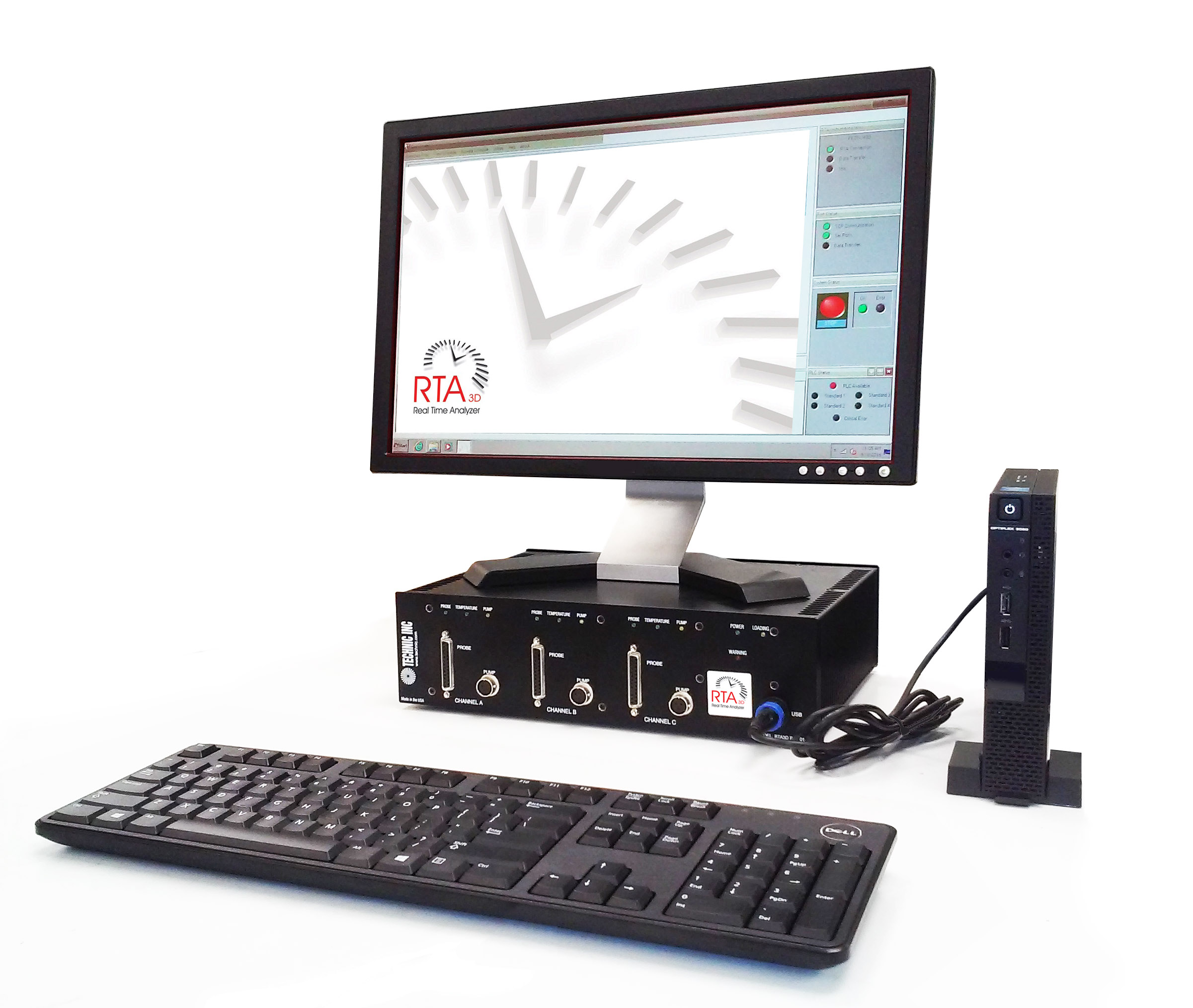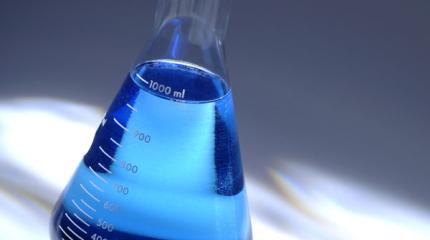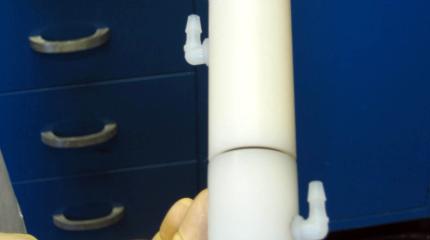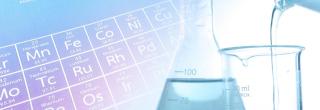Electroplating solutions are a very complex media to be analyzed as they can consist of a number of constituents, each with unique chemical properties and various concentration levels. By design, the plating bath constituents interact synergistically with each other, posing challenges for electroanalysis, which mimics the plating process. One of the major hurdles to fully and quickly characterizing such solutions is to isolate each individual effect and correlate this information to specific component concentrations. Another challenge is the degradation of organic breakdown material used to control the plating process or other foreign contaminants that can be dragged in during the substrate pretreatment steps. These degradation products and contaminants may have attributes that can affect the reduction and oxidation processes.
Electroanalytical methods exploit the relationship between electricity and chemistry to characterize a sample. Analytical calculations are based on measurement of electrical quantities (i.e., current, potential, charge, or resistance/impedance) and their relationship to chemical concentration. Electrochemical techniques are most relevant to the overall bath performance as they mimic the physicochemical processes occurring during actual plating. Utilizing these methods allow the collection of comprehensive analytical data by controlling the parameters of each experiment.

The electroanalytical techniques used by Technic’s Real Time Analyzer (RTA) include potential step methods from basic chronoamperometry and chronocoulometry to pulse techniques (Normal Pulse, Reverse Pulse, Differential Pulse), numerous potential sweep voltammetric methods, as well as a variety of controlled current techniques.
Electroanalytical Methods

Controlled Potential Method
DC Voltammetry: Quantitative information about an analyte is obtained by measuring the direct current as the potential is varied
AC Voltammetry: An expansion onto DC voltammetry, by superimposing sinusoidal perturbation(s) on the applied potential waveform we can also gather the resulting alternating current
Linear Sweep Voltammetry: A method where the current at the working electrode is measured while the potential between the reference electrode and working electrode is ramped linearly with respect to time
Cyclic Voltammetry: Type of DC or AC Voltammetry where the potential is linearly ramped vs. time, when a set potential is reached in a cyclic voltammetric experiment, then potential is ramped in the opposite direction to return to the initial potential
Pulse Voltammetry: A derivative of linear sweep voltammetry or staircase voltammetry, with a series of regular voltage pulses superimposed on the potential linear sweep or stair steps
Anodic Stripping Voltammetry: When the working electrode is plated with the analyte during a deposition step and then oxidized from the electrode during a stripping step, the area under the resulting anodic current should correlate directly to the amount of plated material

Controlled current method
Chronopotentiometry: A constant DC current step is applied and the potential versus time is recorded
Galvanostatic Polarization: Used for measuring the rate of an electrochemical reaction; this technique is used for Tafel curves and linear polarization measurements
Galvanodynamic Polarization: Describes a system where the applied current is constantly varied at a certain rate to an electrolyte or electrode
Galvanostatic Pulses: A method used to describe a system where current is pulsed on and off in respect to time

Electrochemical Impedance Spectroscopy (EIS)
EIS investigates the relationship between current and the potential during a frequency scan with a superimposed AC waveform(s). The EIS signal is measured as a function of frequency (frequency domain).
Steady-state EIS: Impedance is measured at a fixed DC potential or current
Dynamic EIS: Impedance is measured as DC potential (or current) is swept
